Want to record your dream Ireland vacation for keeps?
Fear not!
Here are 7 great tips to improve your travel photos.
Read on for our Vagabond and Driftwood Tours travel photography guide.
1. Forget The Camera Vs. Cellphone Debate
It's 2021.
Cellphones have such high quality cameras and lenses built-in that comparisons with purpose-built cameras are pretty much irrelevant.
Yes, specialist cameras in the right hands will deliver professional results.
But even mid-range phones offer amazing photographic results these days. Their easy-to-use apps and highly accessible price makes taking great photos easy.
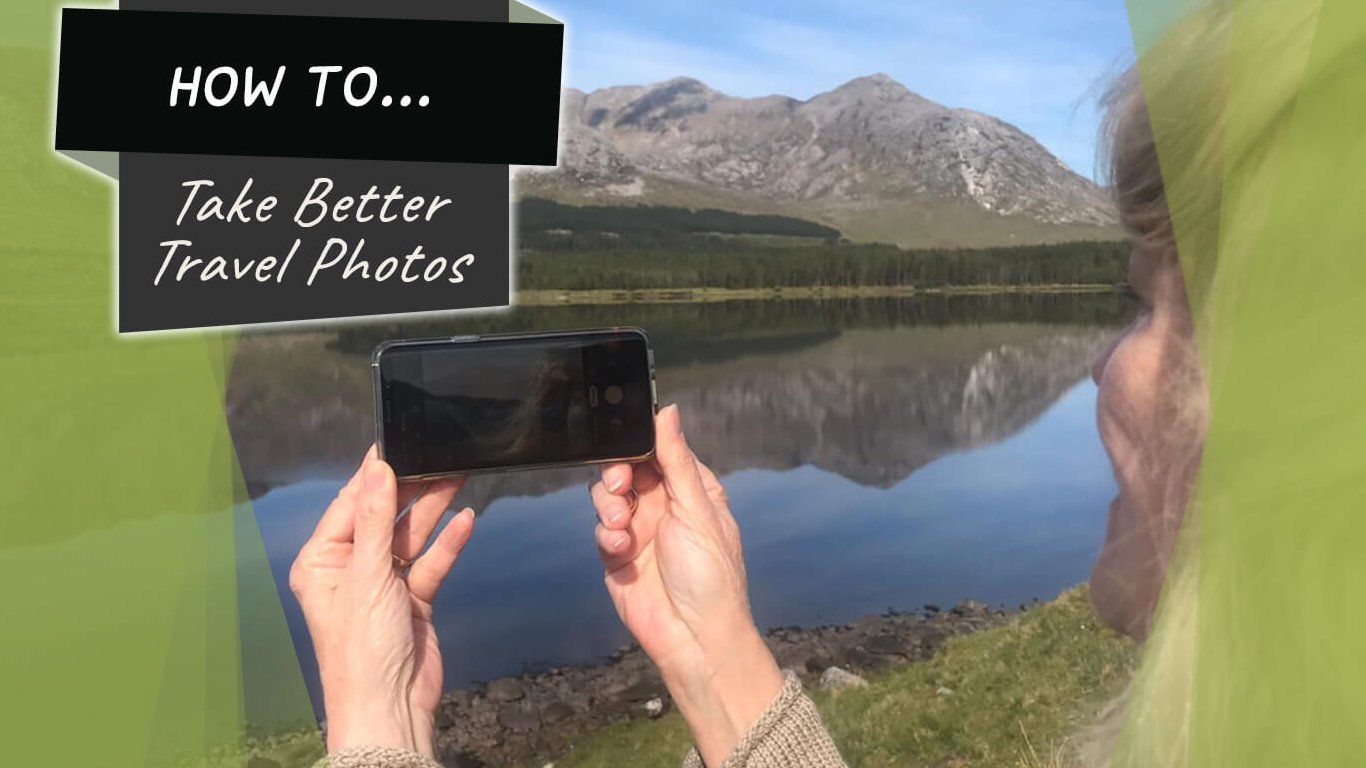
The $64,000 question remains: Should you pack your camera and your cellphone?
We always advise travelling light. Pack the least amount you can get away with.
If this means taking along your iPhone but leaving that bulky SLR behind, so be it!
2. The Rule of Thirds.
This is one of the most basic principles of photography. The Rule of Thirds is the idea that you should break your subject down into thirds.
Images taken with the main subject off-centre have an alluring effect. The Rule of Thirds has been scientifically proven to work. Human eyes are drawn naturally off-centre.
Achieve the Rule of Thirds in your travel photography by imagining two horizontal and two vertical lines running across the image. Arrange your most interesting subject to occupy roughly two-thirds of the image. Try to make it appear on one of the intersecting lines.
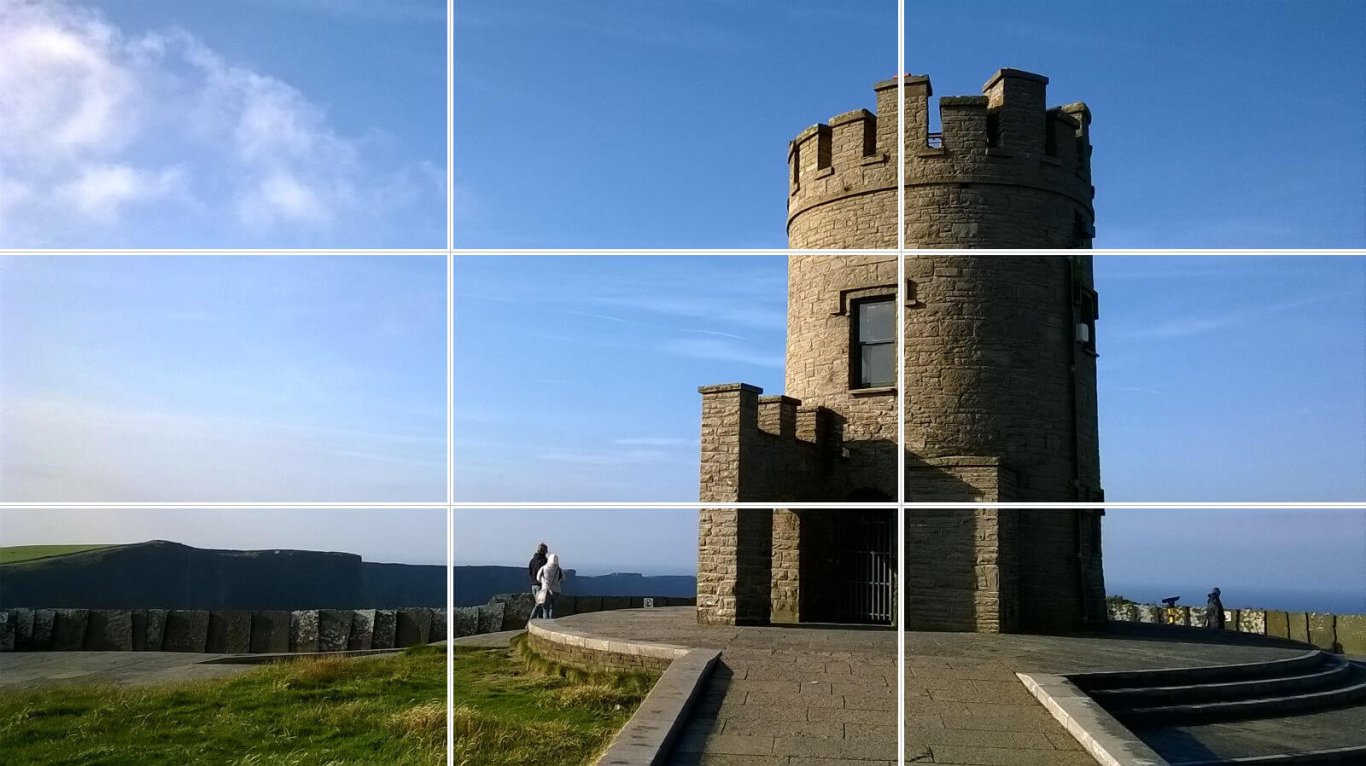
The image above demonstrates the Rule of Thirds. O'Brien's Tower at the Cliffs of Moher has been placed at the centre of the rightmost intersecting lines. It is occupying roughly two-thirds of the image.
3. Take your camera/phone everywhere with you
Whether you are hopping off your VagaTron or Drifter tour vehicle for a quick pit stop, or setting off on a scenic hike, remember to always keep your camera or cellphone with you.
Once your camera or cellphone is readily available, you'll find yourself actively looking for opportunities to take great photos.
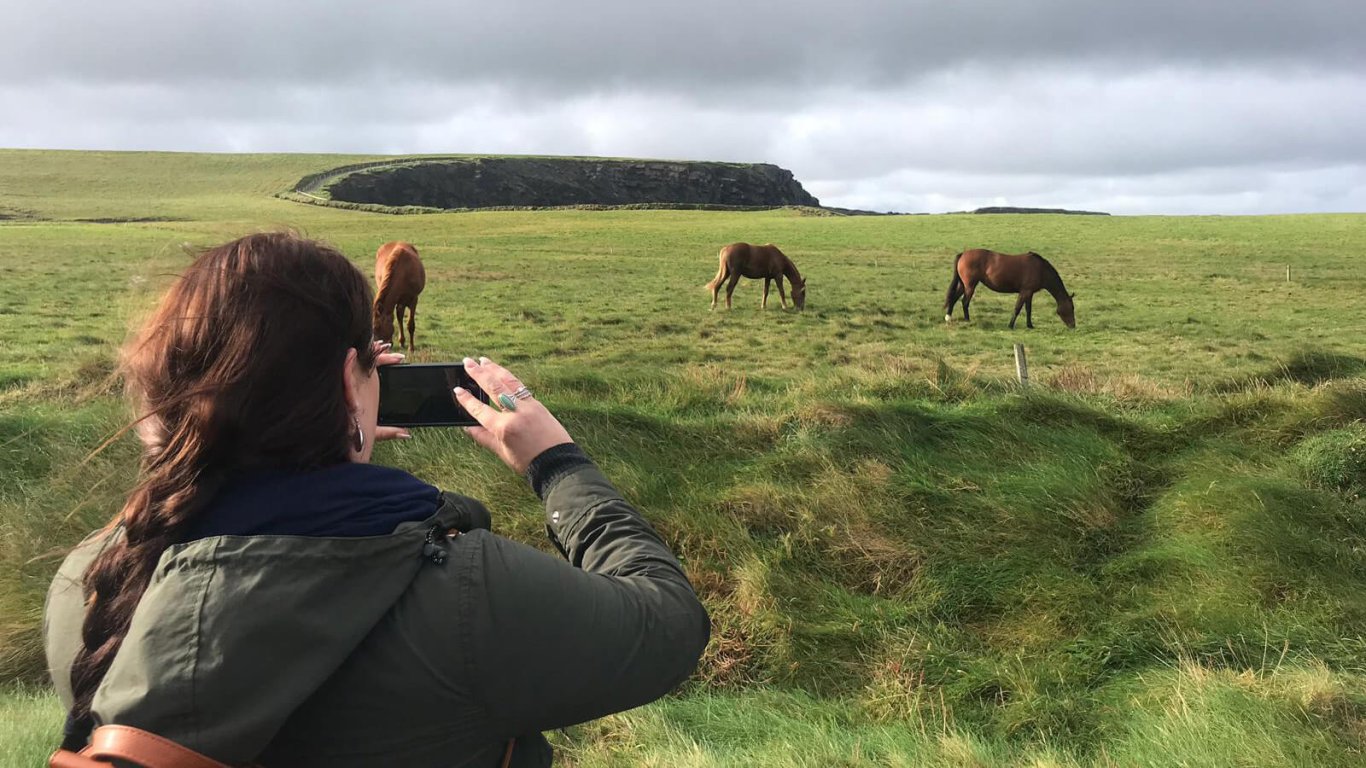
An additional benefit of is your travel companions will soon become used the sight of your camera, and your photos will have less of a staged & more of a natural feel.
A stroll after dinner. A visit to a local pub for music. You just never know when the magic memories will happen!
💡 Bonus Tip: Don't forget those extra batteries or a charge pack. Imagine reaching a beautiful and remote area, only to have your camera die - AAAaaagh!
4. Become the Director
Now that those in your Vagabond or Driftwood tour are at ease with your avid photo-taking, why not take more control?
Chat with your friendly VagaGuide to check what highlights are coming up on the day's itinerary. Pick a location you want to photograph. Perhaps do some preparatory research on our Instagram account. Then get snapping!
When you're at your destination, instruct your fellow travellers where to move and what to do (politely).
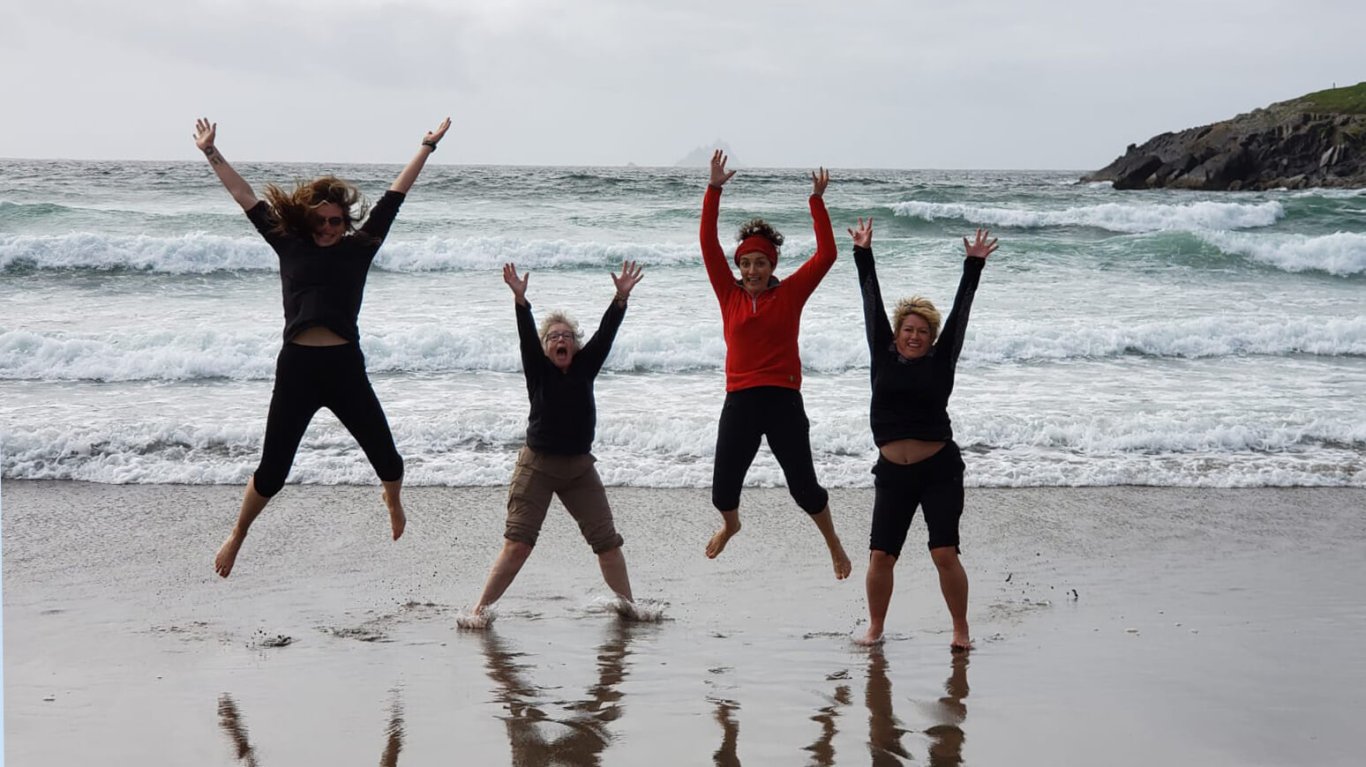 Don't forget to have fun! This can really shine through in your images.
Don't forget to have fun! This can really shine through in your images.
5. Be a Storyteller
Think about how you can use your subject to tell a story.
Why not place people in your photo to show the scale of a landscape?
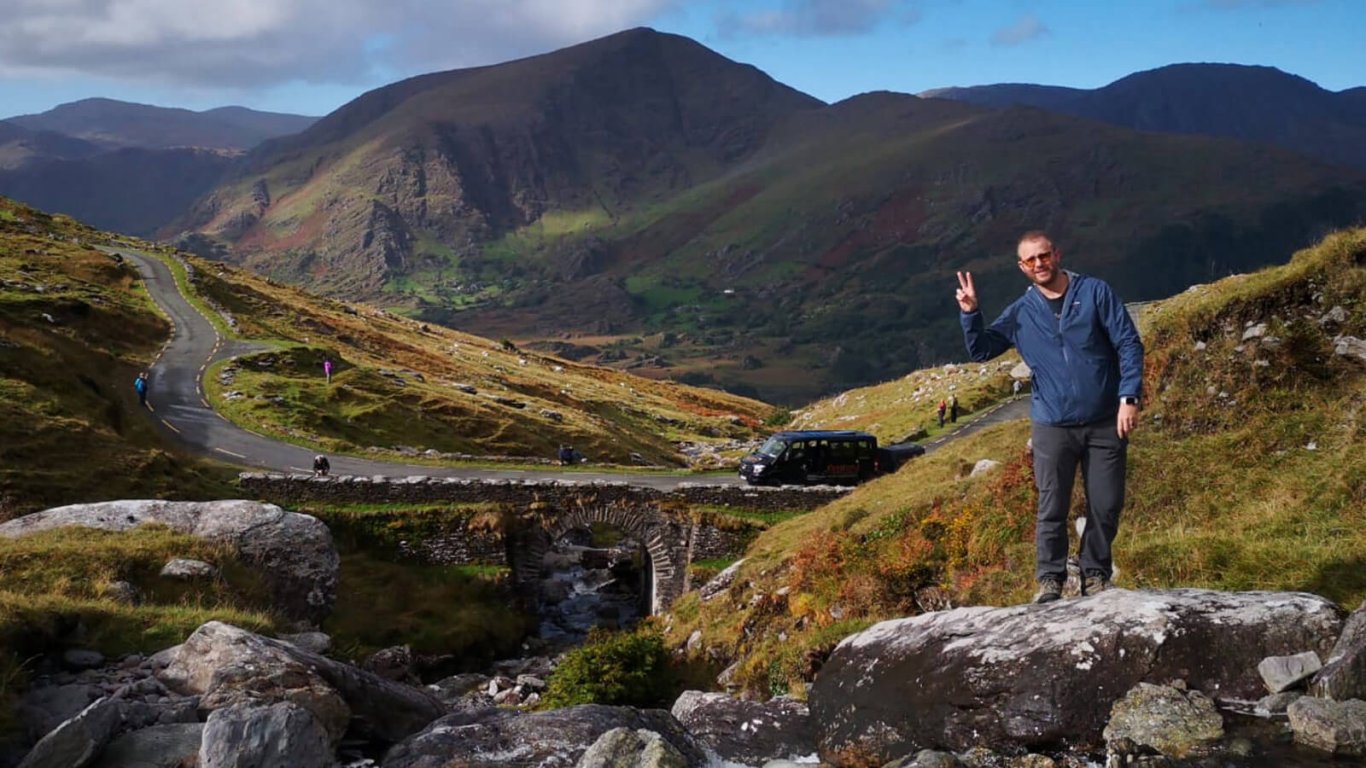
Direct eye contact can draw people into your photos. To capture this, try taking a photo at a person's eye level.
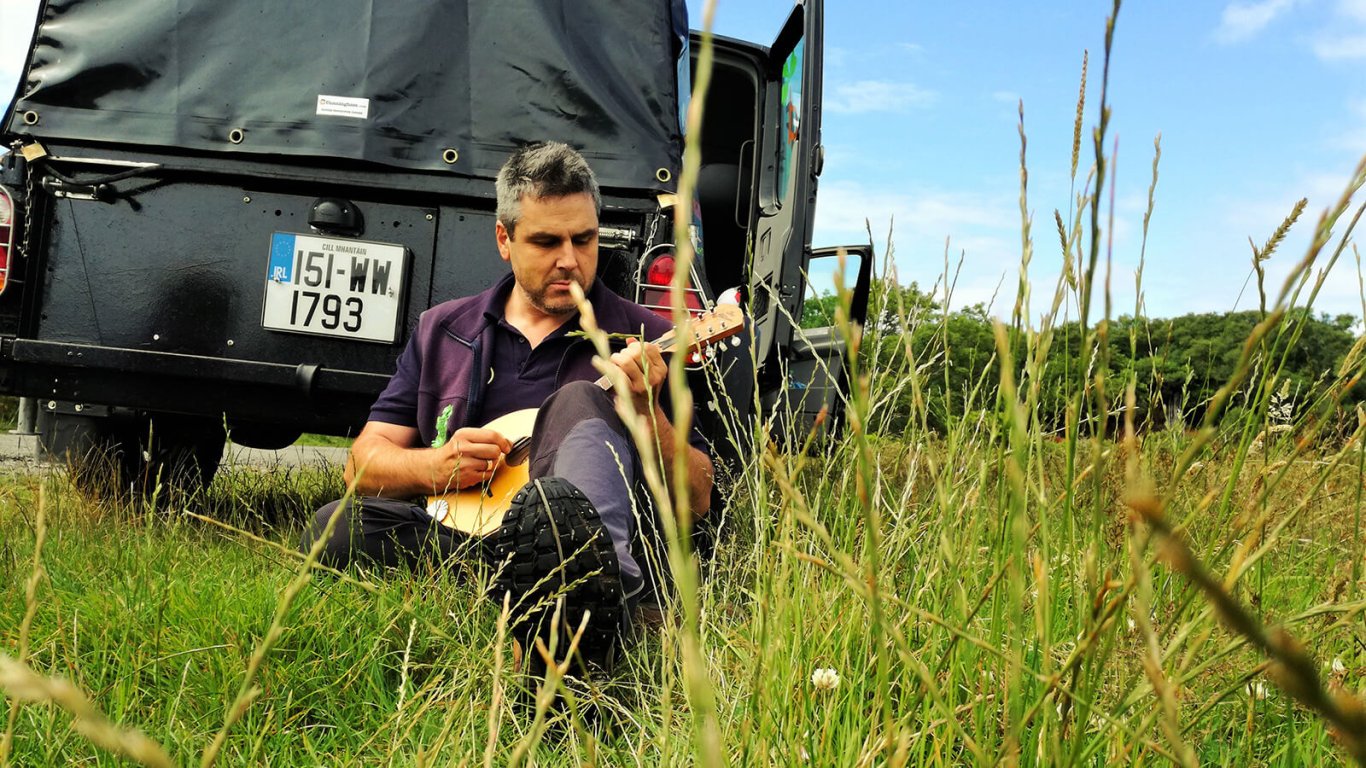
If you want to get creative, why not take a picture from a different height as your subject, but have them looking up or down in your direction. This can make your photos really stand out.
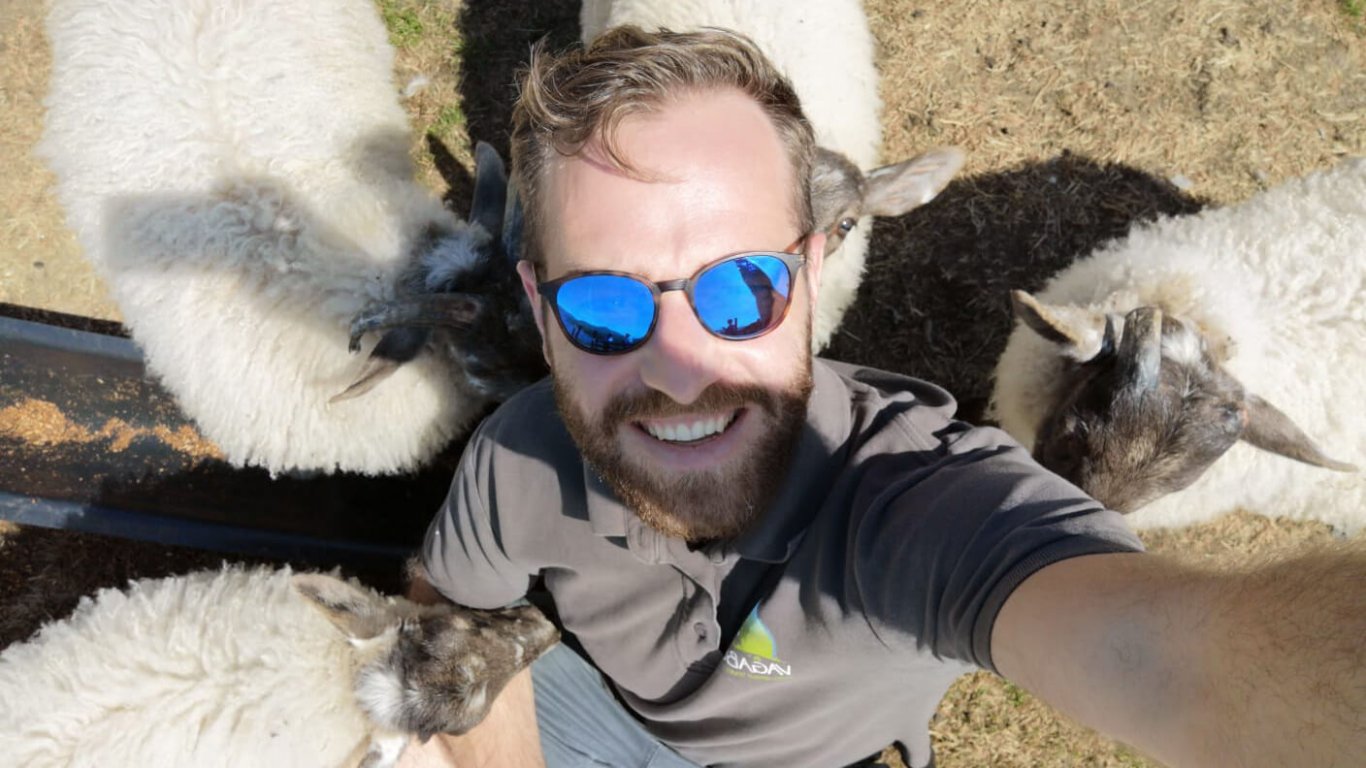
💡 Bonus Tip: If you're photographing a stranger's face, you should always obtain permission first.
6. Move About
You've just rolled into a quaint village, somewhere in Ireland. Don't just disembark, take a couple of snaps and forget about them.
Walk around the place. Get a feel for the people and the colours. Try not to take images from the same viewpoint as others. The resulting photography will convey the feeling that you were more involved in the scene and not just a passerby.
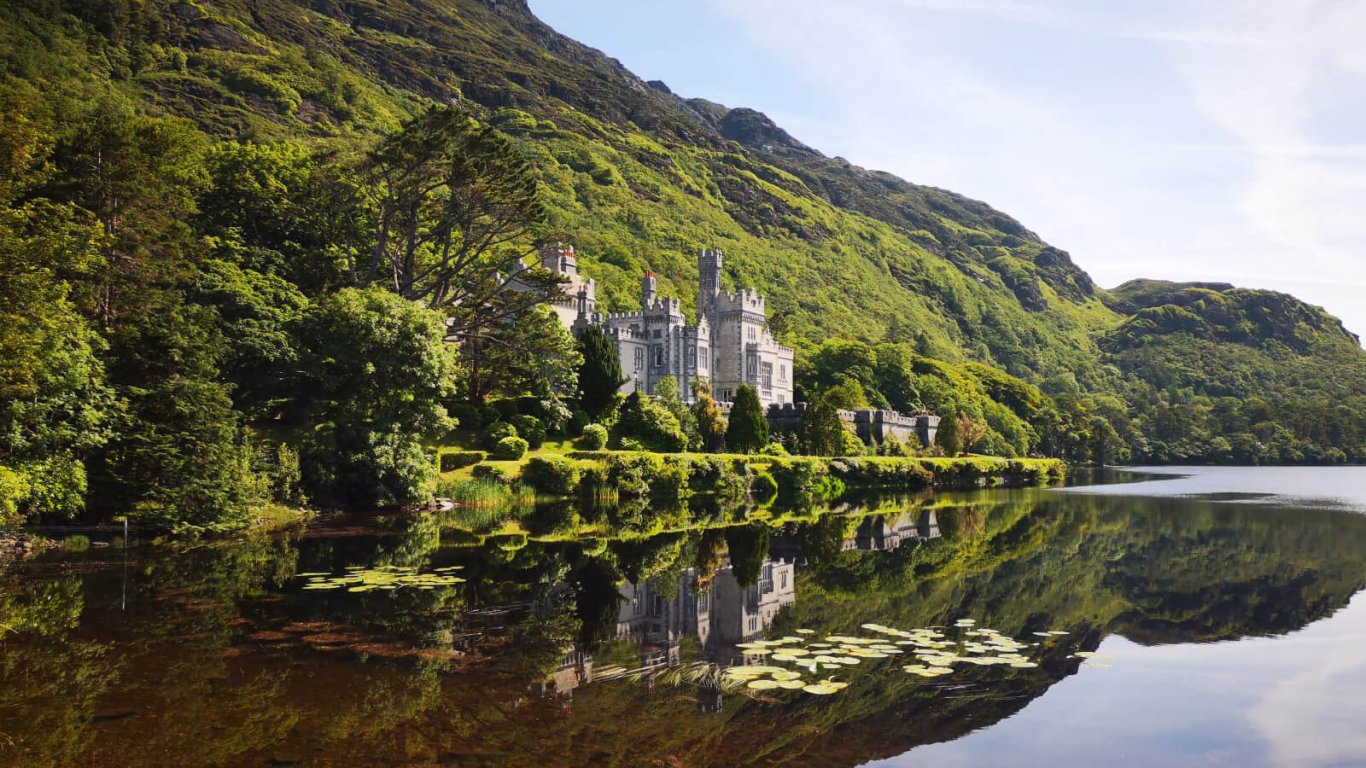
June Damanti, who snapped the stunning picture of Carrick-a-Rede below, really explored the Irish landscape on her tour and looked at famous sites from a different perspective.
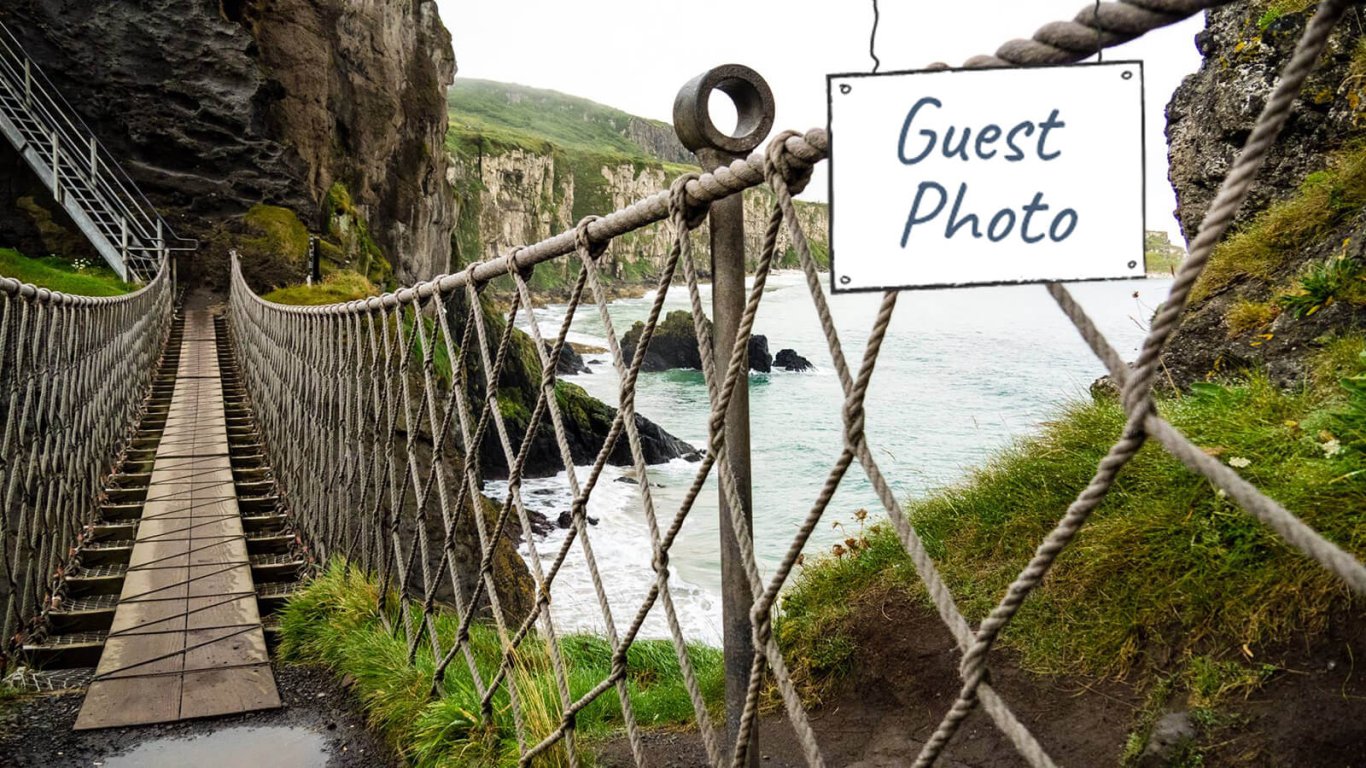
7. Leading lines
When composing a photograph, you'll want to draw the viewer in. Using 'leading lines' is one way to do this.
What is leading lines in photography? This is the way of using the built or natural features in front of you to make it easy for viewers to figure out your subject and focus.
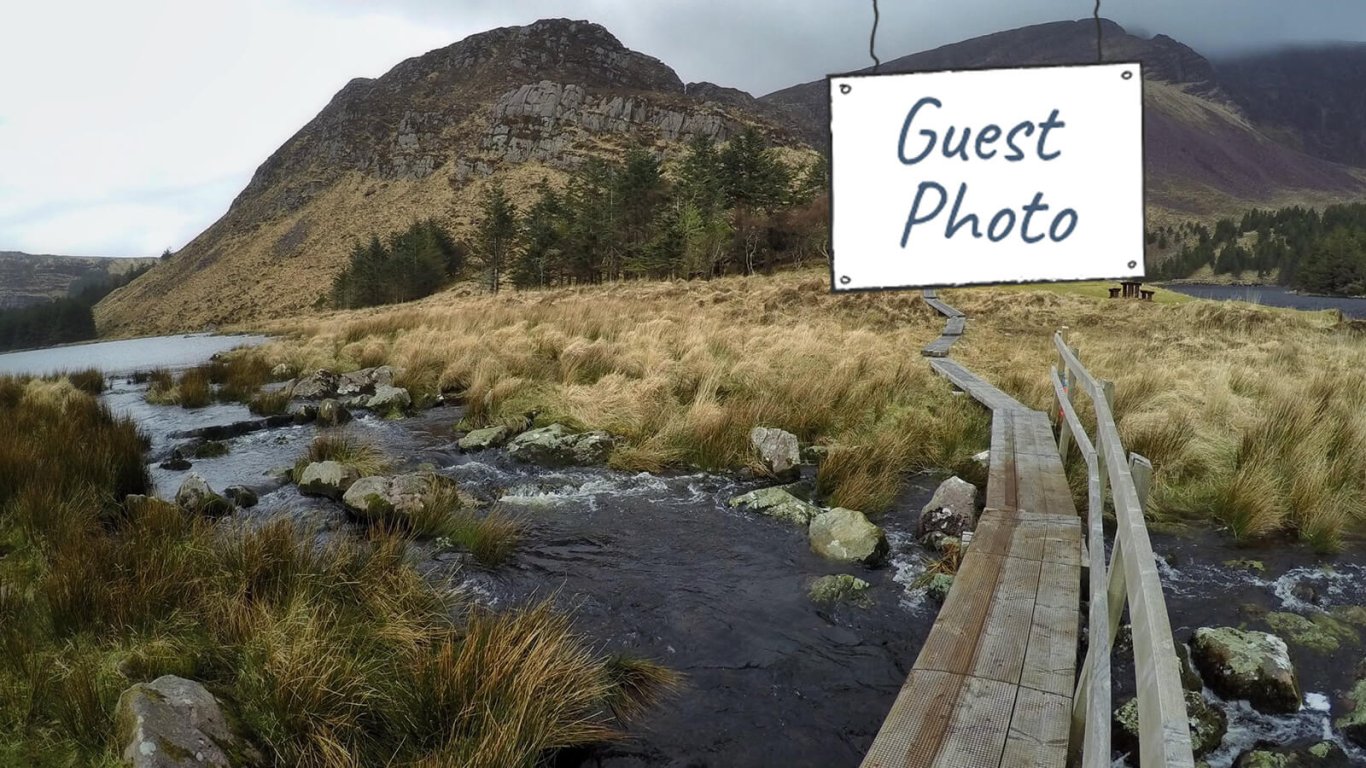
Use natural geography or other features that the viewer's eye will naturally follow and direct them to the main focus of the picture. Roads, paths and other built architecture often act as excellent leading lines, especially in landscape shots.










